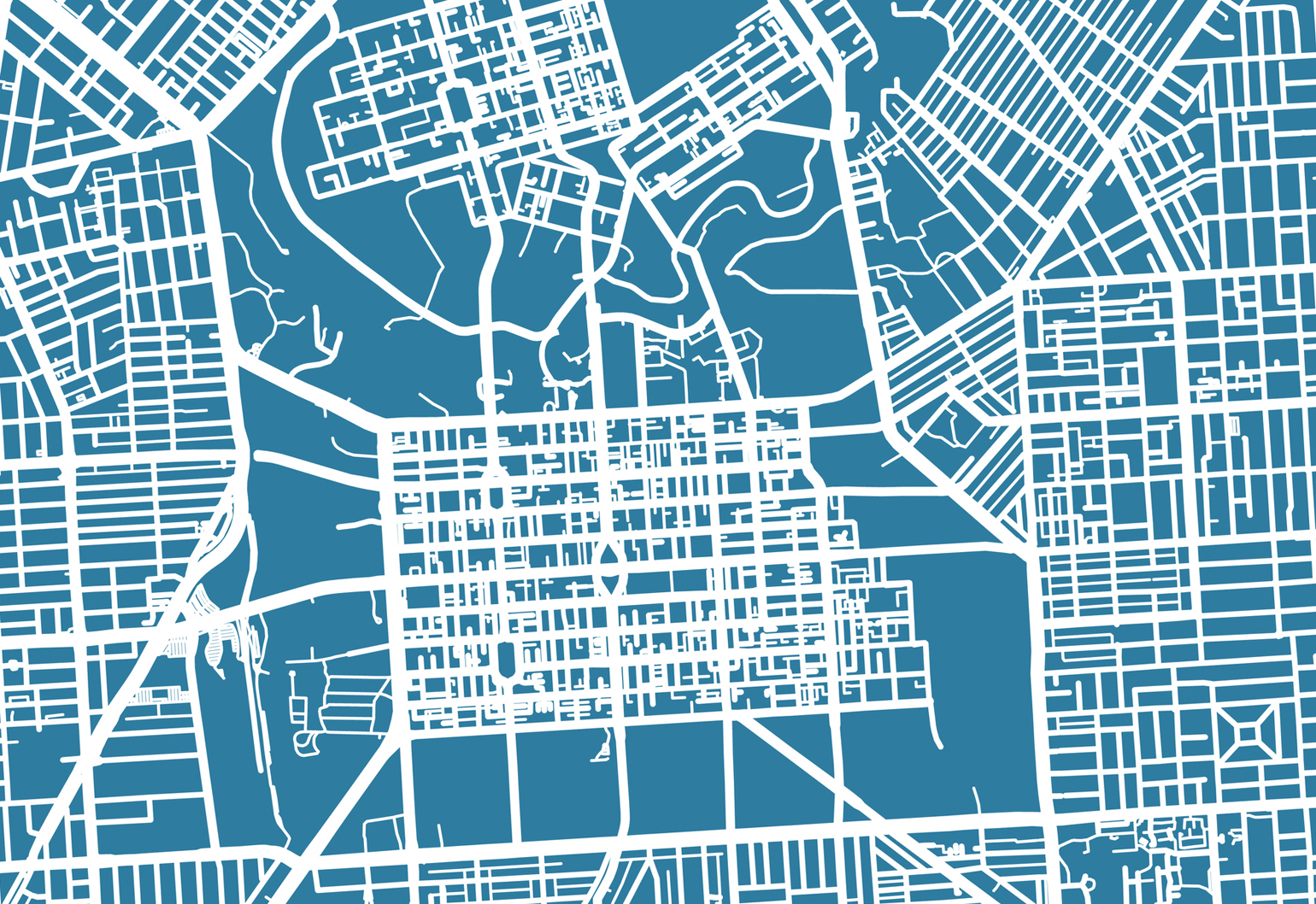Add this to the list of issues Internet of Things technology could solve: reducing traffic on Australia’s congested roads.
Adelaide and Cisco are teaming up to see how Internet of Things tech can help alleviate that eternal bugbear: traffic jams.
The tech giant is investing $1 million and the full capabilities of its Cisco Kinetic for Cities platform to see if data and sensors can be used to reduce common city-living problems like traffic congestion, as well as test the feasibility of emerging technologies like autonomous vehicles.
First, six sensors will be embedded at a busy intersection to gather data about vehicles and pedestrians as they go about their business. Algorithms will use this information to recommend traffic light intervals to improve traffic and pedestrian crossing flows.
Phase two is an assessment period to determine whether or not the same IoT infrastructure can be applied to help autonomous vehicles navigate through cities. This could lay the groundwork for future management, direction and control of autonomous vehicles through the city’s streets.
If the trial is successful, the technology will be rolled out to other intersections across the city for further tests and to see how well it scales. Cisco’s Chief Technology Officer ANZ Kevin Bloch expressed his hopes for the project, saying that it could go a long way towards easing congestion on Australia’s already jammed roads.
“We believe this technology could have a real impact on drivers, cyclists and pedestrians in Adelaide and other cities because its traffic-light network will be able to make real-time decisions,” he said.
This is especially important to sort now, before autonomous vehicles join the mix. South Australia’s Science and Information Economy Minister Kyam Maher said this trial fits well with the city’s drive to be at the forefront of smart city technology.
“We remain focused on establishing Adelaide as a dynamic and liveable smart city, underpinned by robust innovation initiatives and support programs,” he said.
A step ahead
Adelaide has been making moves to become a smart city for a few years now.
The city has been a Cisco ‘Lighthouse City’ since 2015, and serves as a testing ground for many of the company’s smart city and Internet of Things technologies. That same year, the company launched a smart city studio space in Adelaide – a lab designed to develop, test and commercialise IoT applications and services.
In late 2017, the University of Adelaide launched the Australian Smart Cities Consortium to work with local and state governments, entrepreneurs and industry to promote smart city initiatives.
A year before that, the South Australian Government established a three-year, $10 million Future Mobility Lab Fund to support projects that “demonstrate, develop or contribute to the applied research of future mobility technologies”.
The city has also been preparing itself for the entrance of autonomous vehicles. In March 2017 the SA Government and Adelaide Airport announced a $2.8 million trial of driverless shuttles to and from the airport’s long-term parking lots. And in July 2017, Cohda Wireless and Telstra successfully tested a system that sends collision warnings via mobile phone alerts. The demonstration was an example of vehicle-to-pedestrian communications, along with vehicle-to-vehicle and vehicle-to-infrastructure comms.


